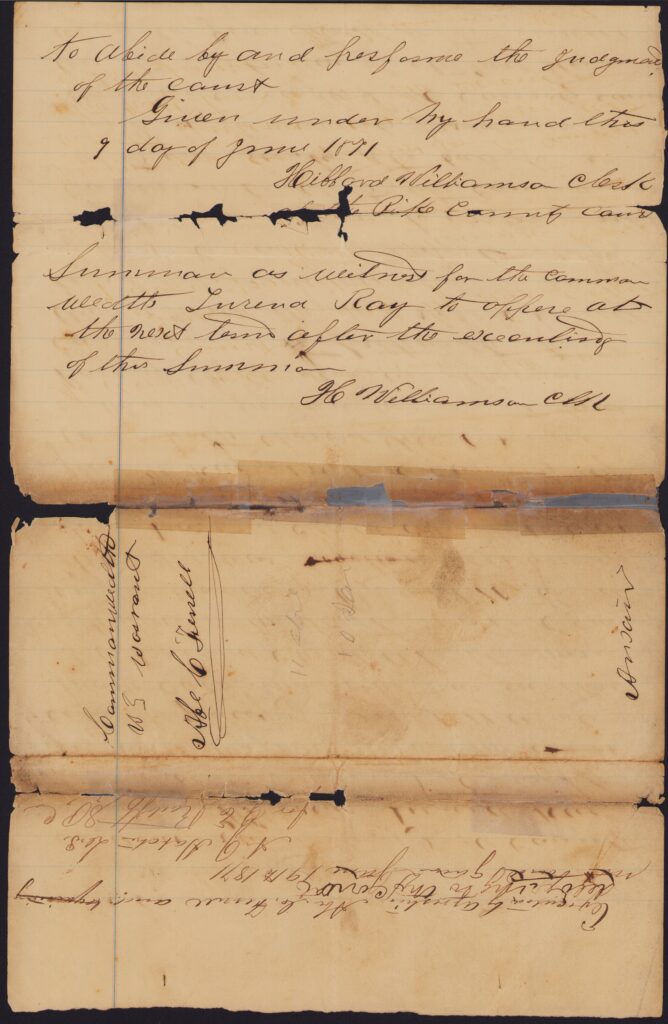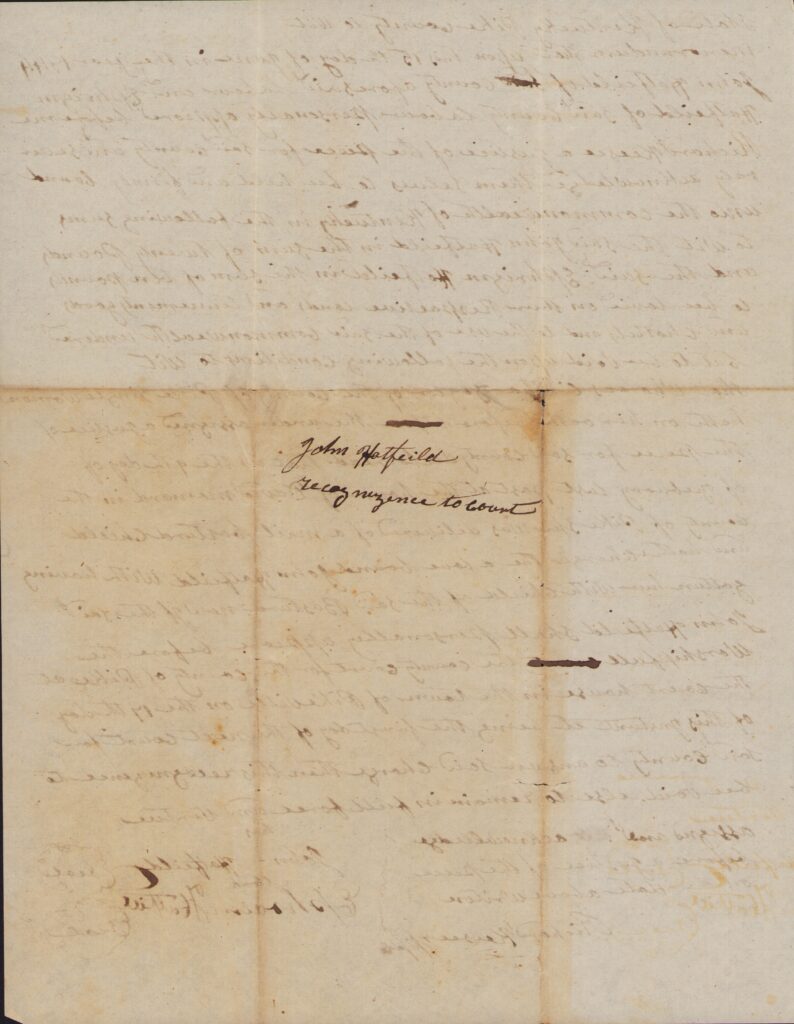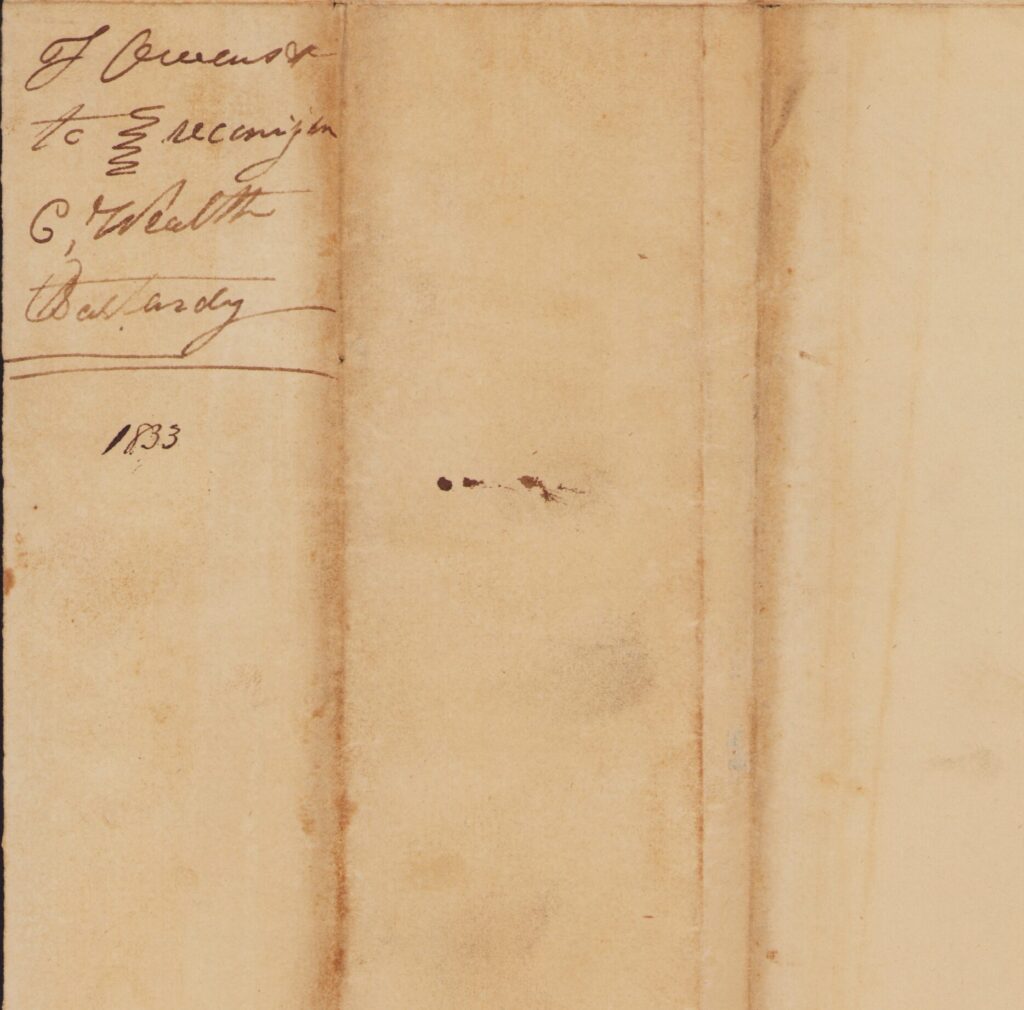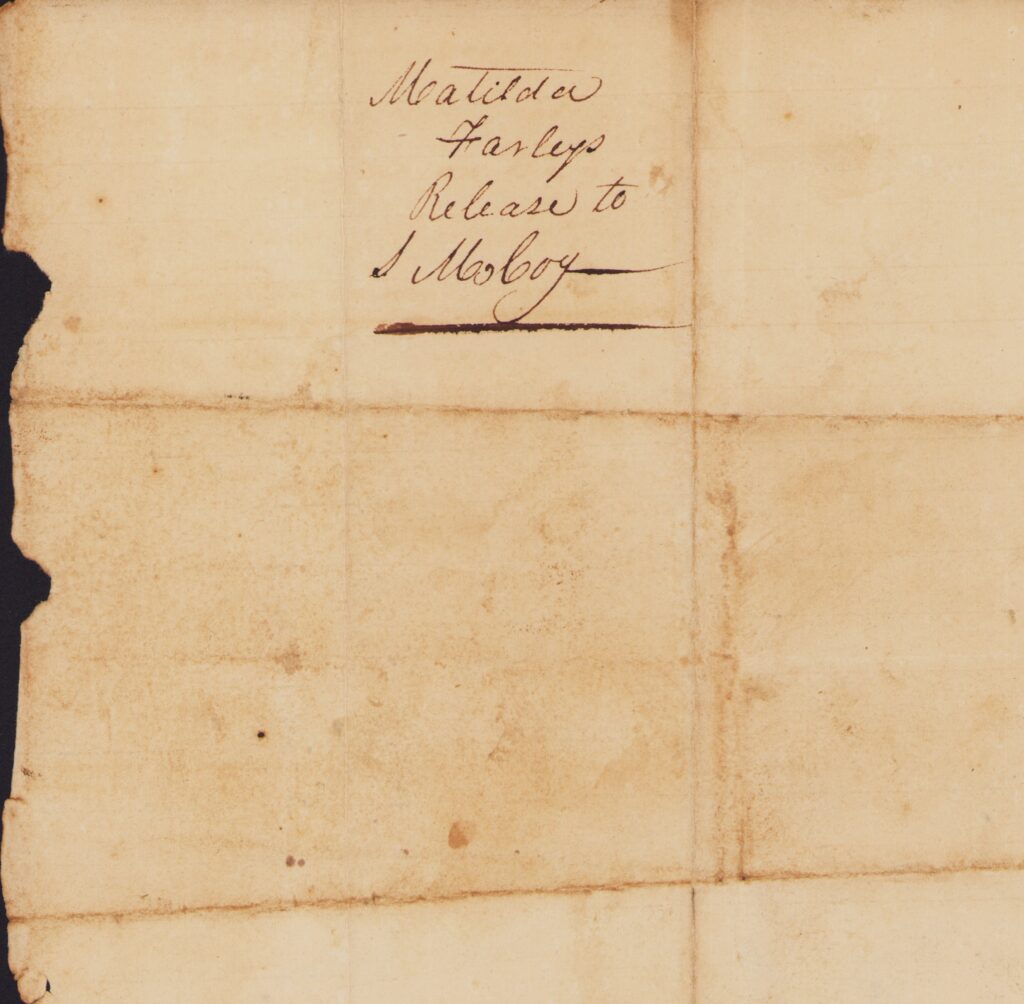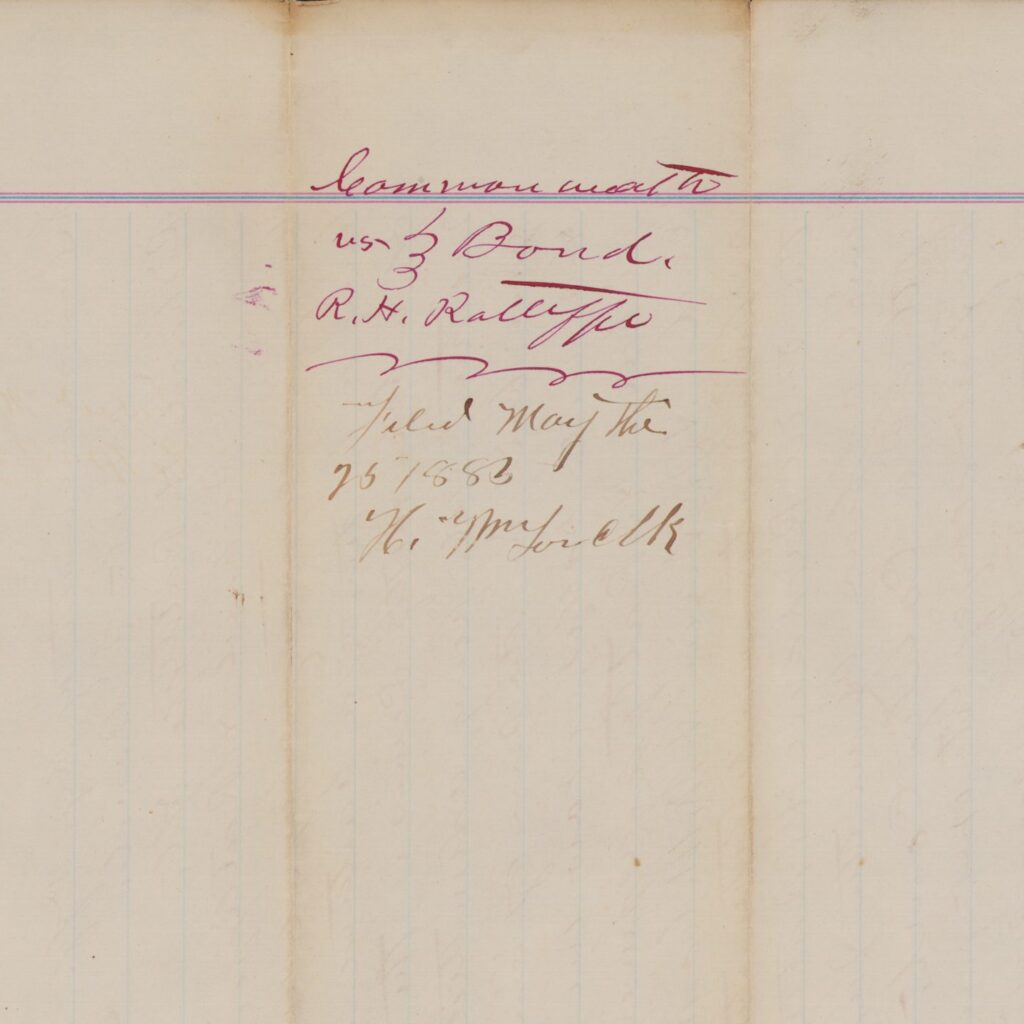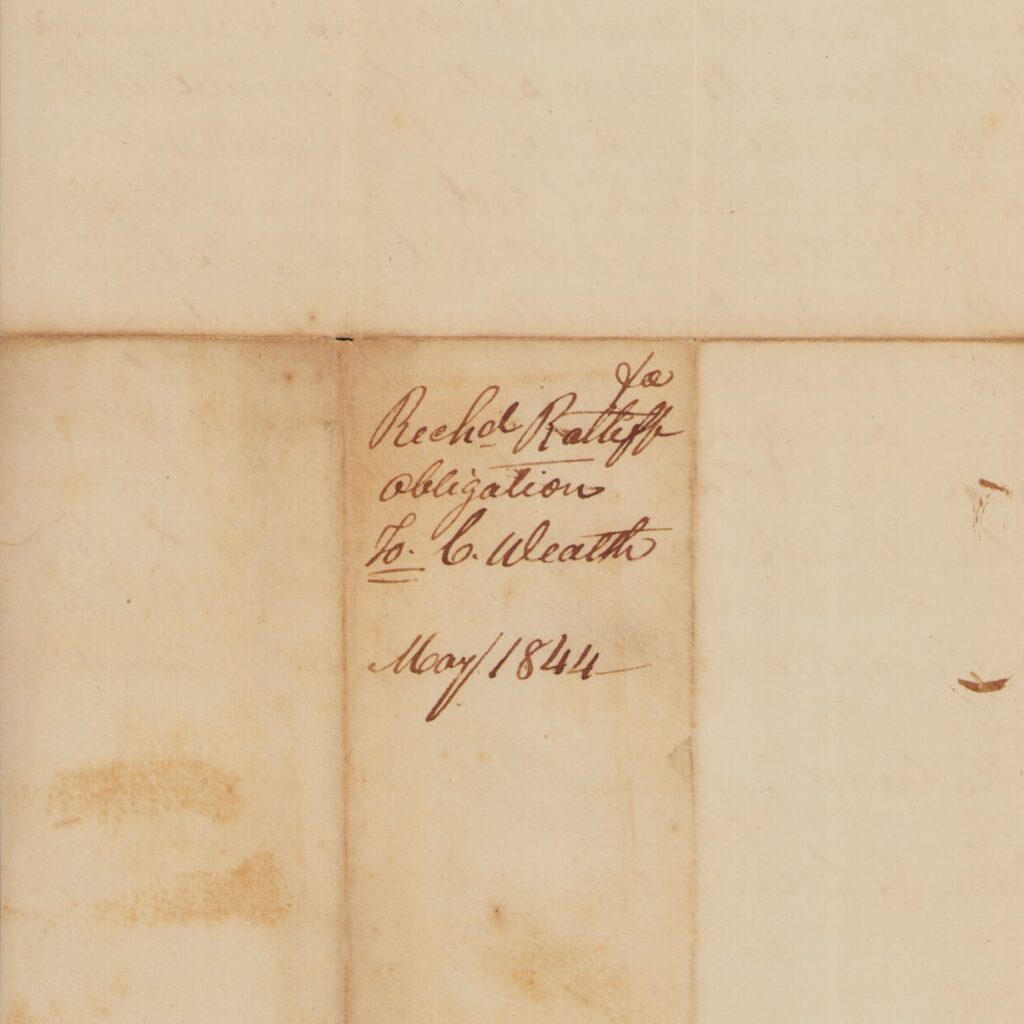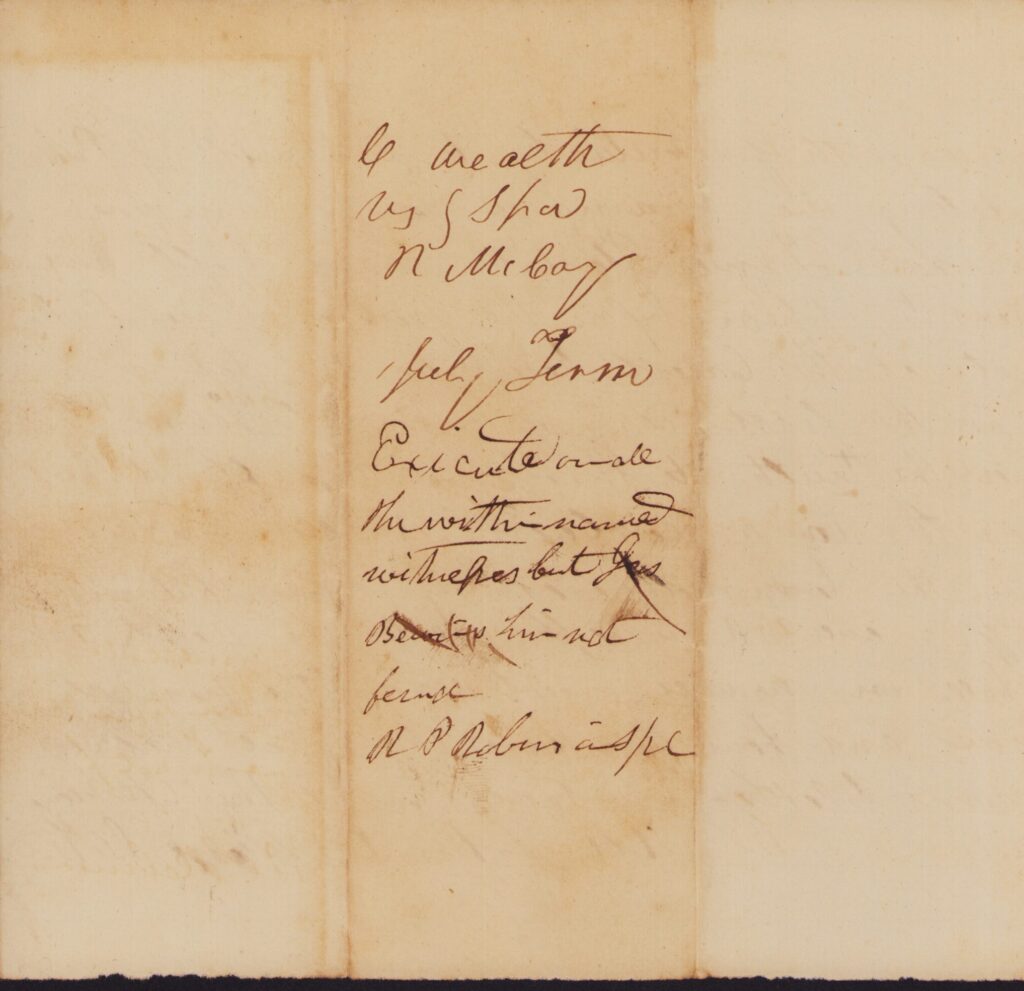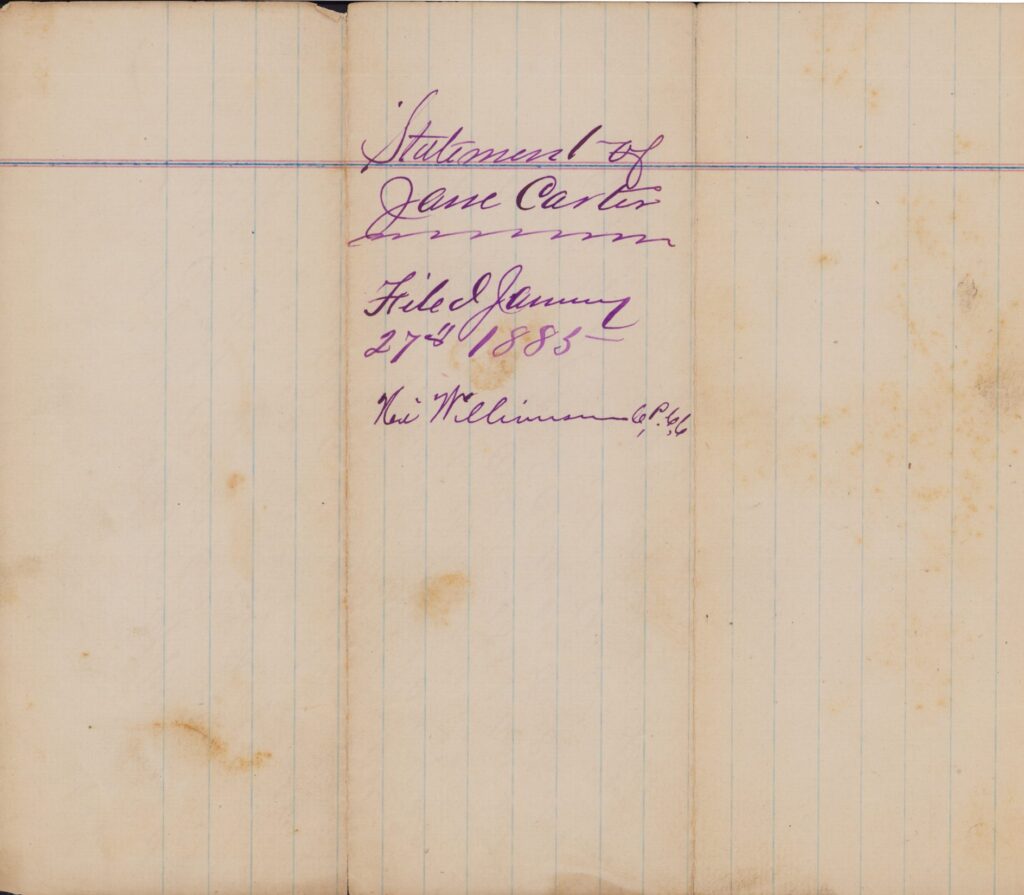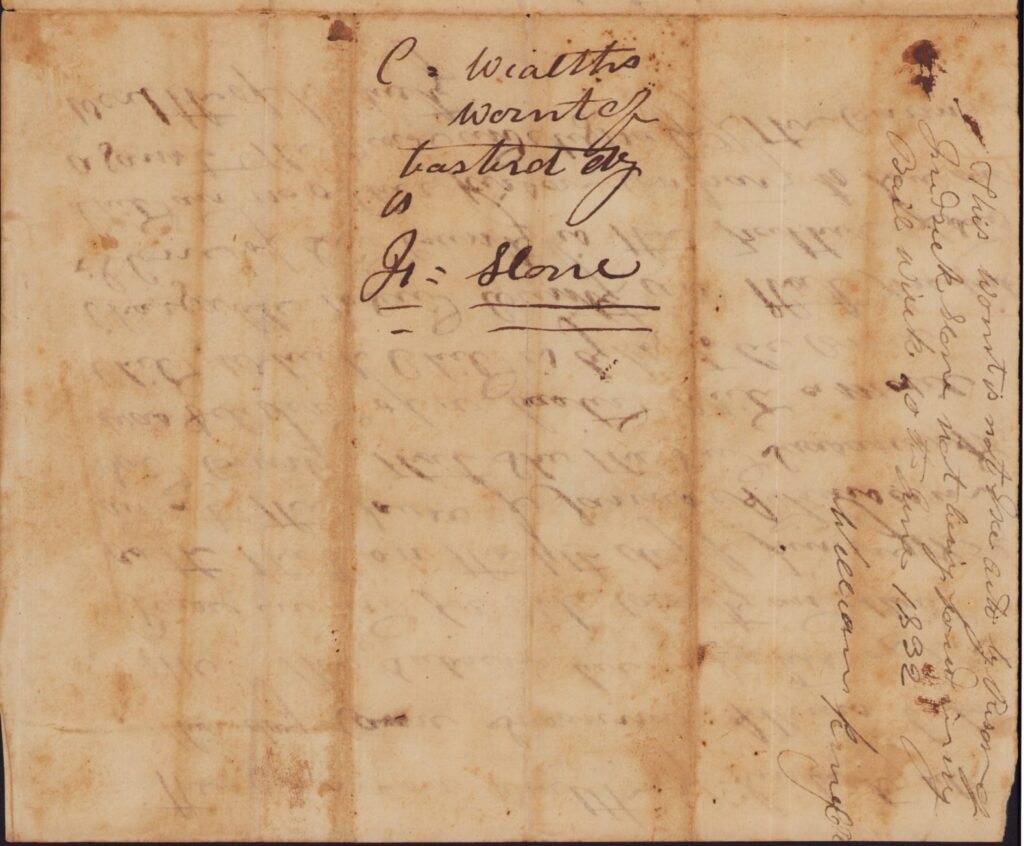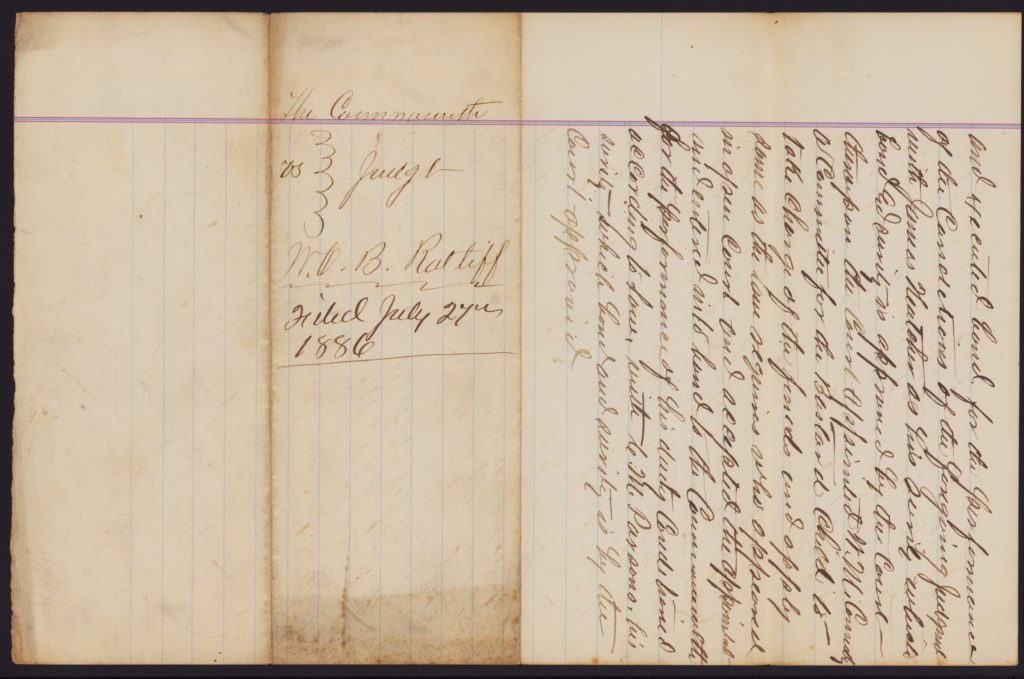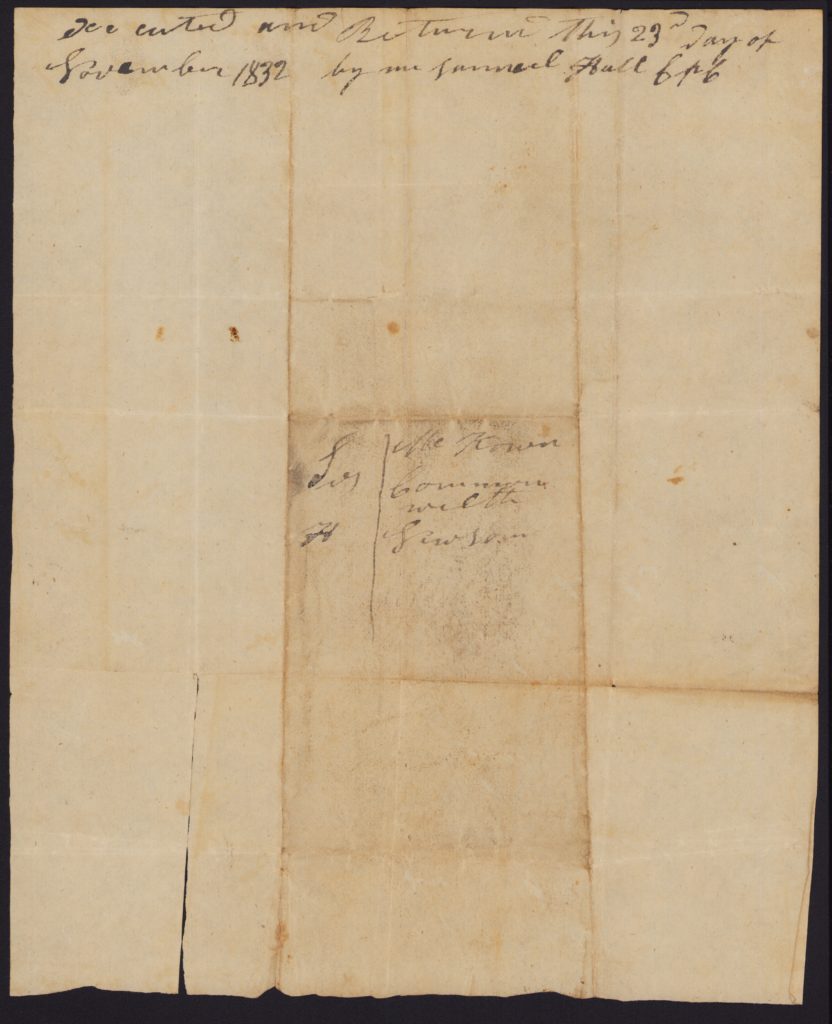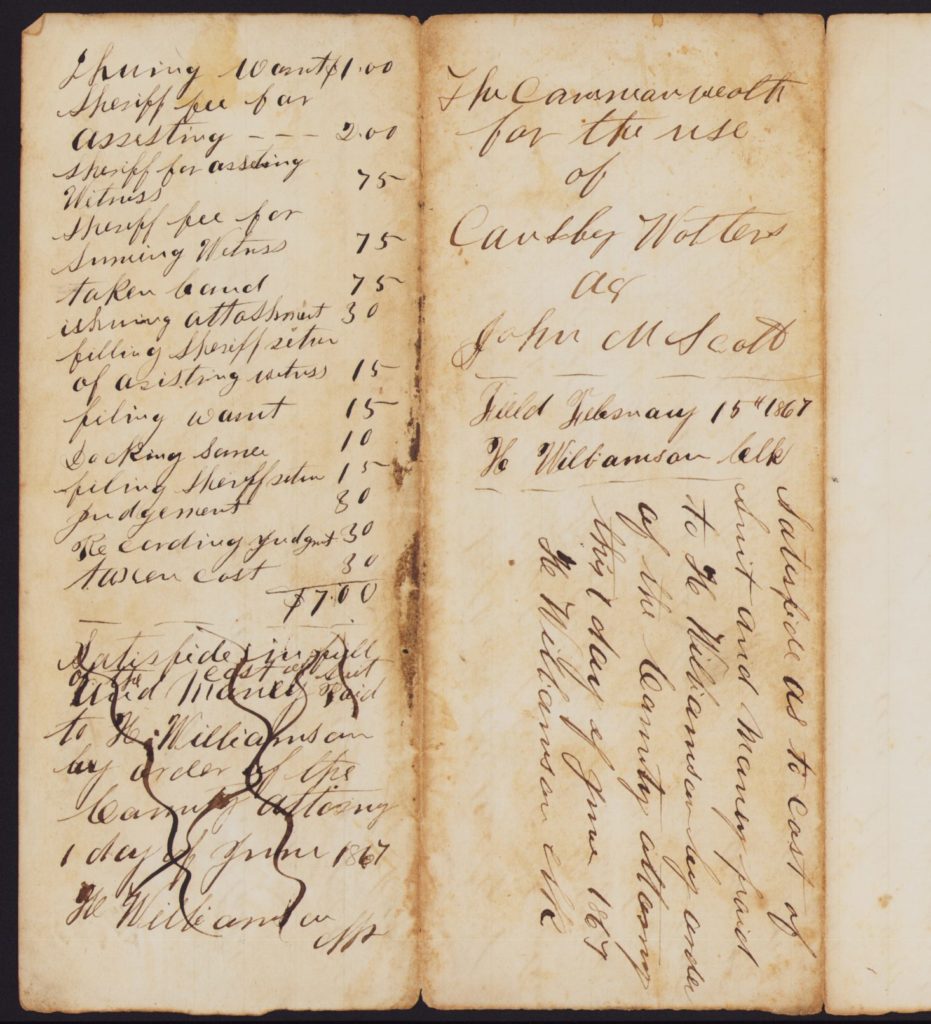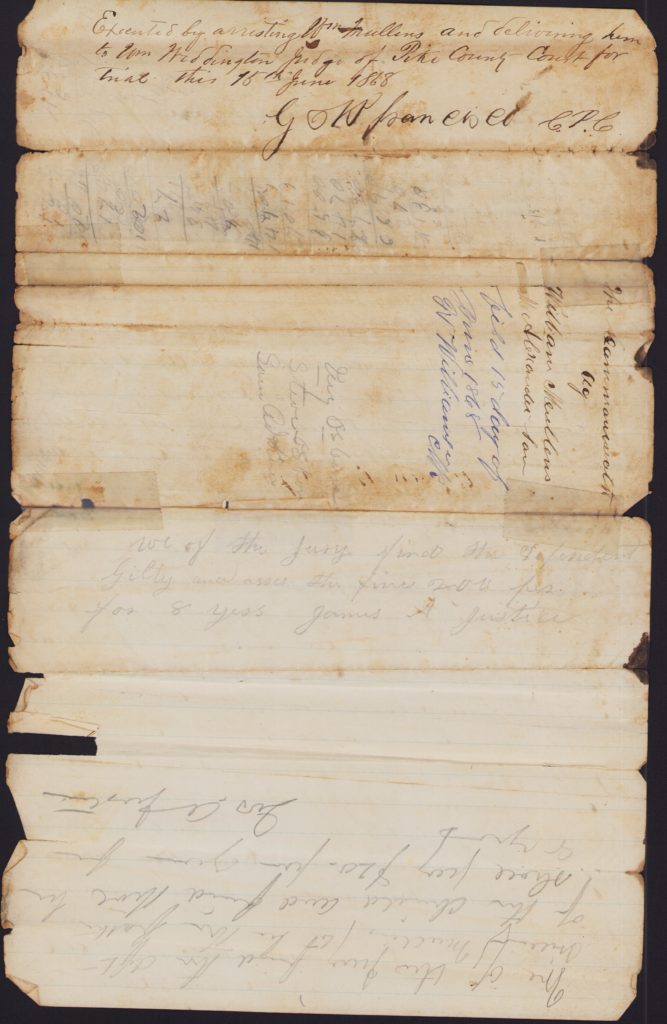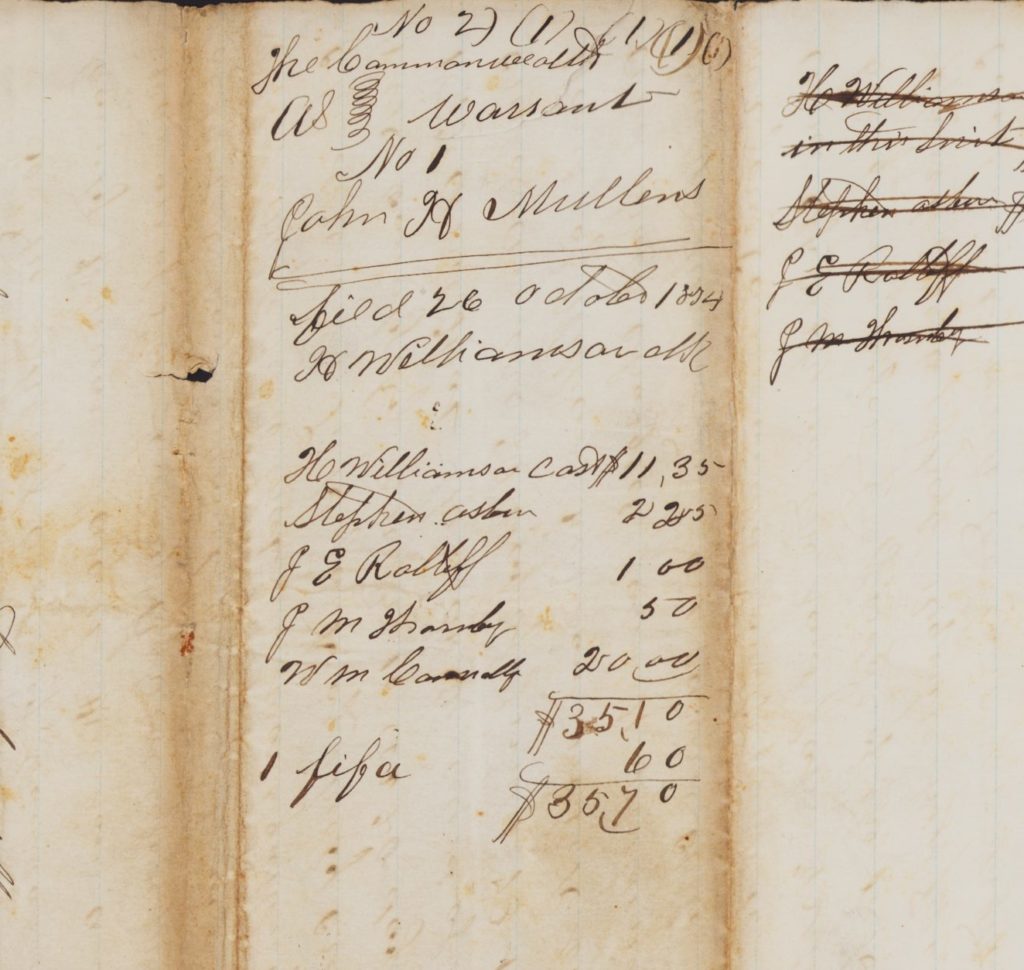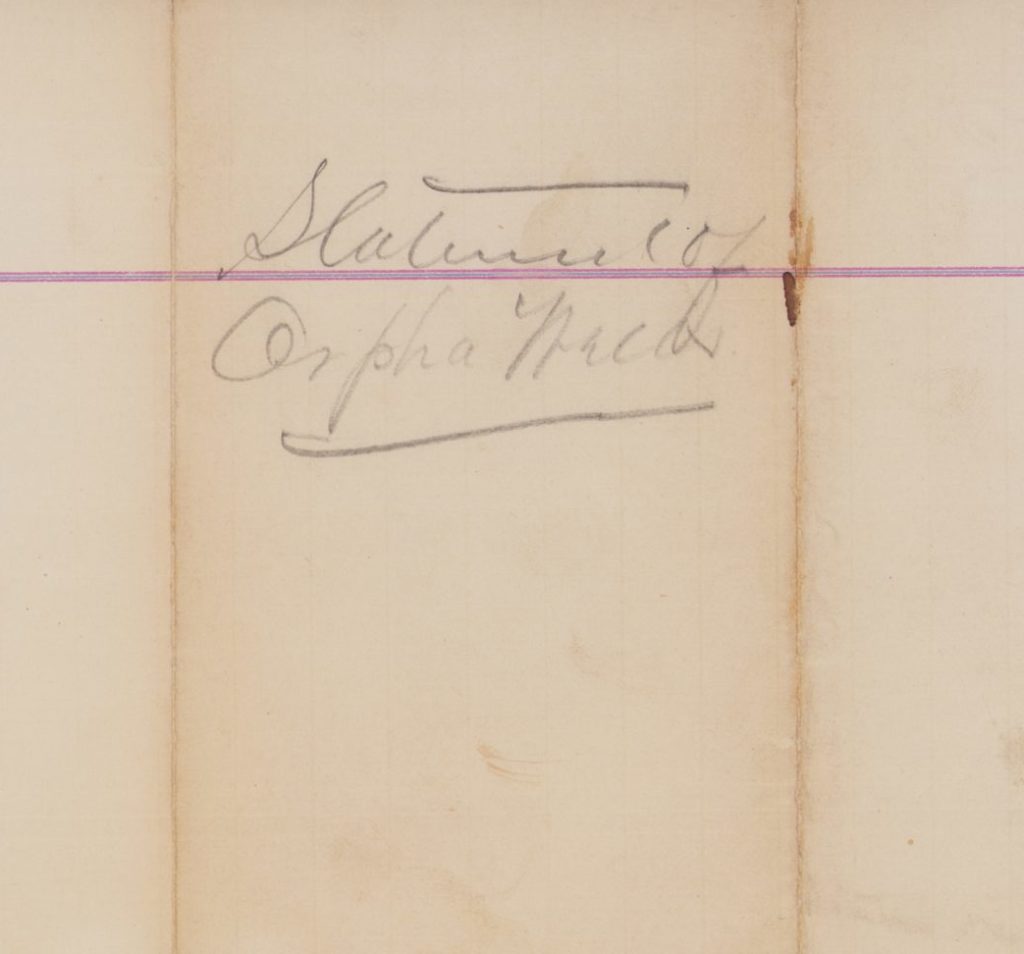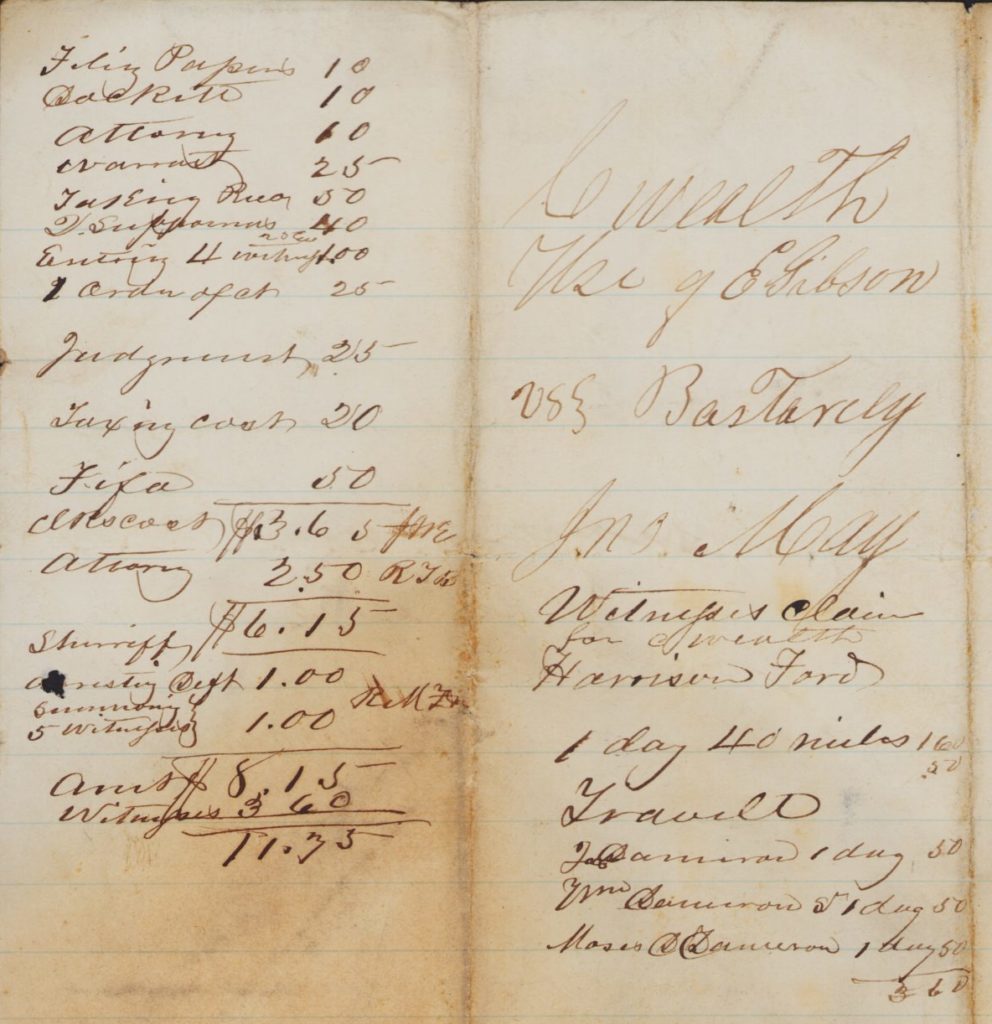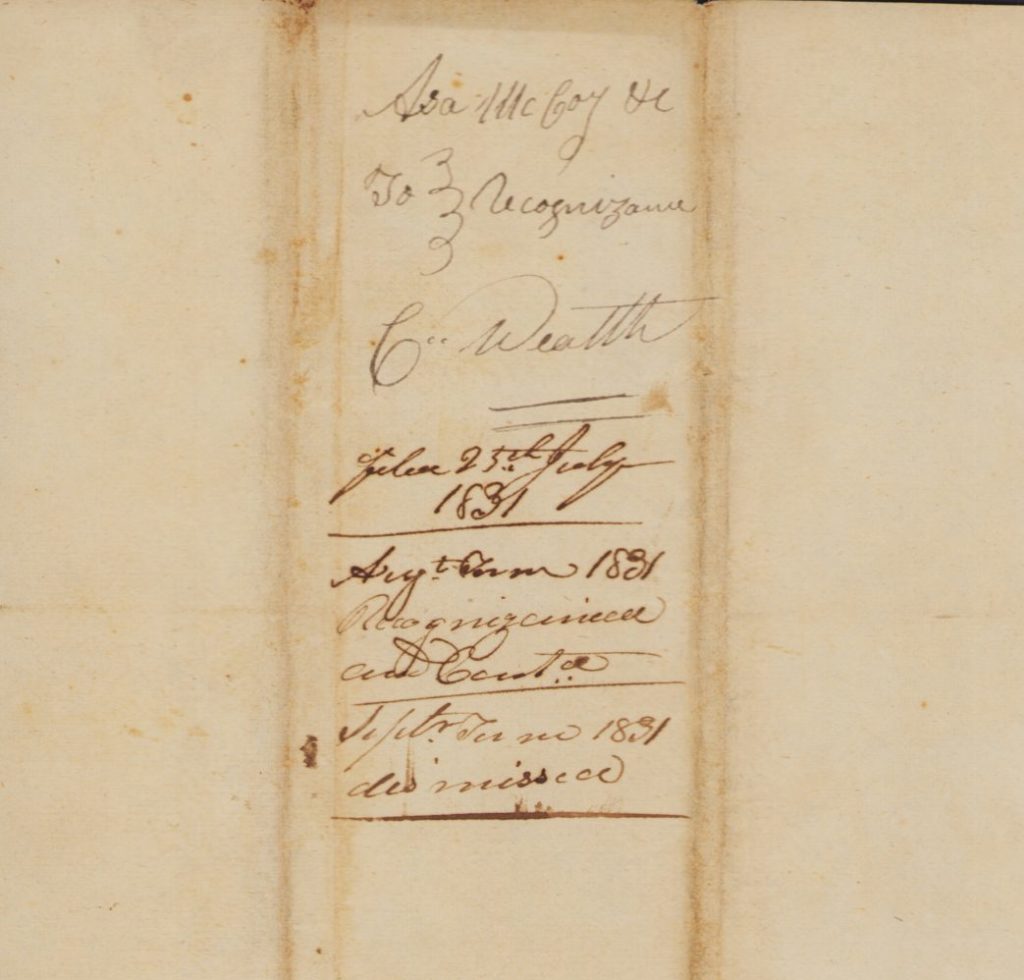The term “Bastard child” or “Base line child” is seldom used today, but the State of Kentucky had definite rules and regulations concerning them. A bastard child was defined as: “an illegitimate child. Born out of wedlock or of a marriage of which the church did not approve. Many times the child used his mother’s surname and frequently was prohibited from inheriting property.”
A bastardy bond is defined as “a promise to pay a certain sum of money given by the father of an illegitimate child to ensure that no public monies would have to be spent on the child. Sometimes the mother would post this bond, but this was very infrequent.” In other words, the father was paying for the child’s support for a certain length of time so the county would not be responsible for the child’s upkeep.
Almost all the southern states had the same laws, based on early Virginia laws. The general process was for the mother of the illegitimate child to go to the County Clerk’s office or before a Justice of the Peace and make a statement. The official asked her some or all of the following questions:
1 – Are you a resident of the county?
2 – Are you a life-long resident? If not, how long have you resided in this county?
3 – Are you single?
4 – Have you ever been married?
5 – When was the child born and where?
6 – Did the child live?
7 – When was the child conceived – where?
8 – Who is the father of the child?
One can see the logic behind most of these questions. It is assumed that sometimes women would come into the County Clerk’s office and claim an illegitimate child when not a resident of the county in order to get money. Their marital status might make the officials wonder if she was a married woman charging her husband. The place of conception and date again was a double-check that this happened in the county.
The officials also wanted to ensure that she wasn’t claiming support for a child who had died – counties were large and the JP or County Clerk might not know the family.
The women were then interrogated, as well as the father. Few of these interrogations remain over the years but those that do show the woman’s name, residence, date of conception, date of birth and father’s name. Seldom but occasionally the name and gender of the child is shown.
The next step was the issuance of a warrant for the father’s arrest. This was served by the county sheriff or a constable. The father had to report to the county and post a bond. Seldom were they able to post the amount of bond by
themselves so had to have one or more sureties with them to ensure payment of the bond in case the father decided to skip town.
Next, the issuance of the subupoenas; the job of the sheriff or constable again. He was provided with a written form showing the date, name of person to be served and when the father was to appear. If one of the witnesses, either for the plaintiff (the woman) or the defendant (the father) refused to appear, they were fined.
Depositions were then taken after the issuance of the subpoenas. Again, few of the depositions have survived in the various counties. They would be full of information as witnesses and relatives were called and the depositions could be rather “juicy”!
A jury heard the testimony and rendered a verdict. If found guilty, the father was to pay court costs, plus an up-front fee to the mother along with annual payments. The latter lasted normally until the child was of age. It appears in reading some of these that the fathers were often rather reluctant to pay what we now call child support, or had insufficient funds to pay.
In the latter case, the father had to supply to the court a statement of all his assets, what moneys they owed, what was owed them, and any asset that could be sold to raise the money. A poverty oath was filed if there were insufficient funds.
Credit: Abromavge S. (January 01, 2009). Bastardy Bonds in General. URL: https://www.genealogy.com/forum/surnames/topics/lett/2519/
In most Pike County cases, the father of the child openly admitted in court that he was the father of the child and agreed to pay restitution for the child’s upkeep.

